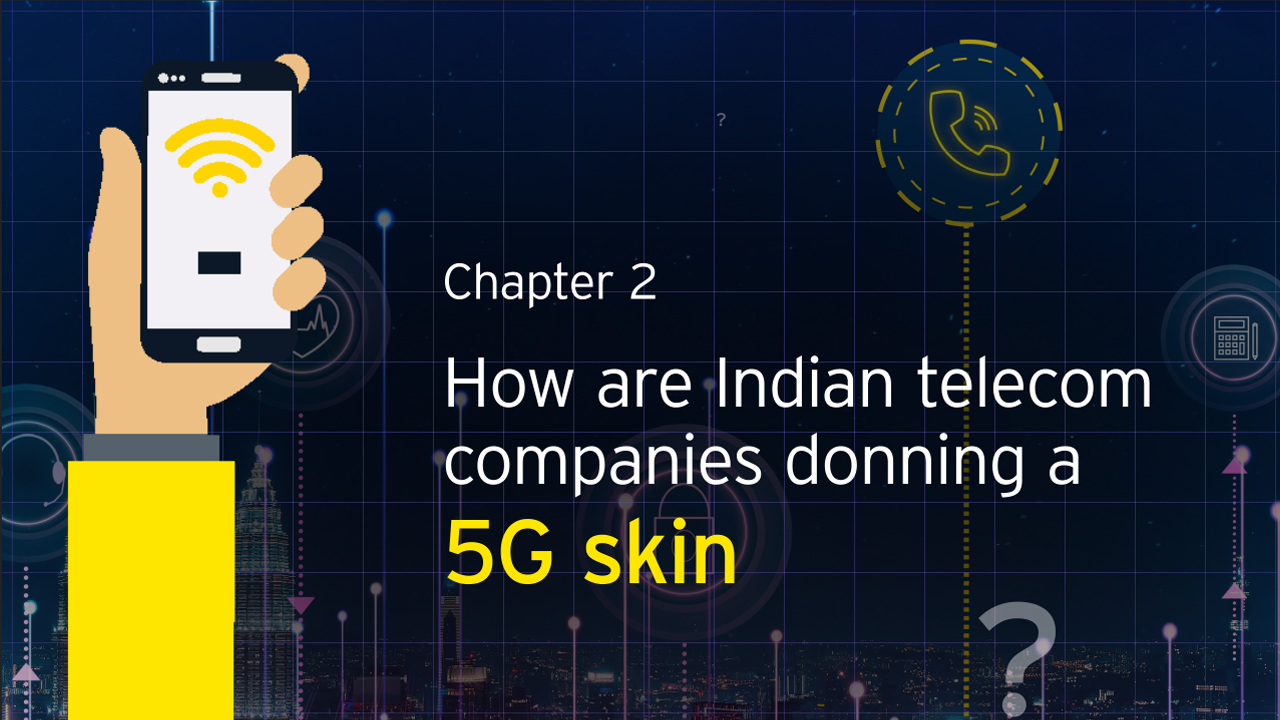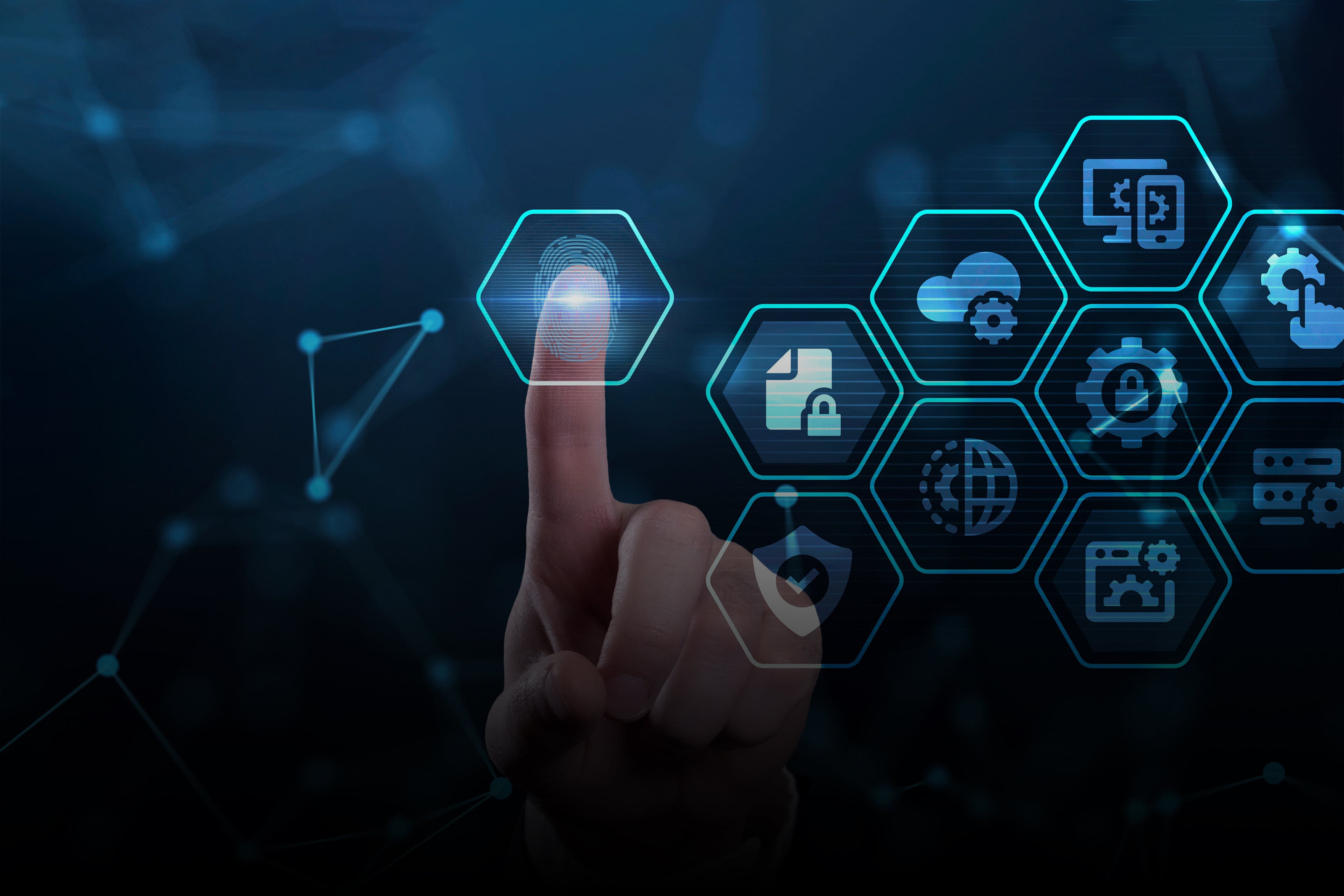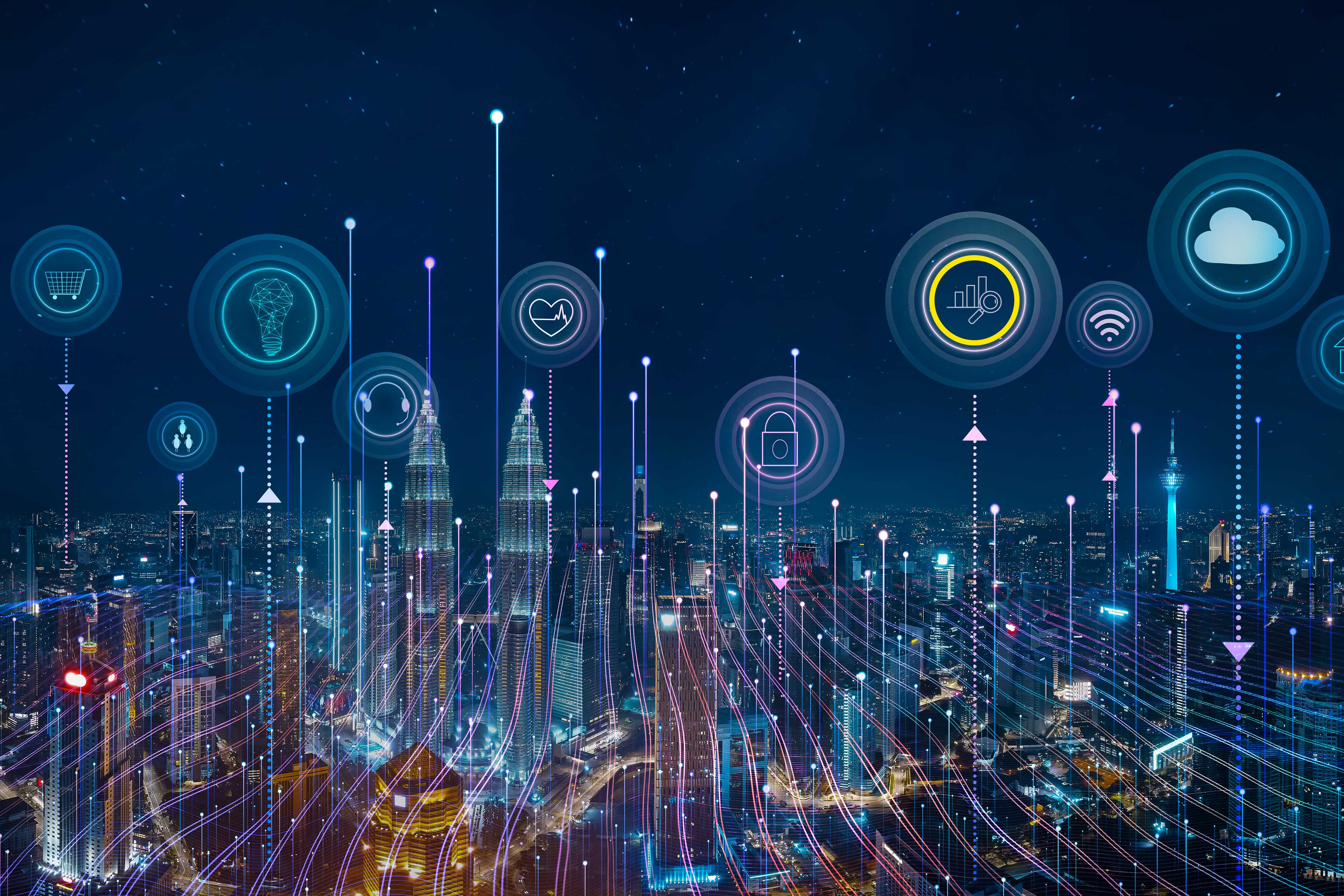EY refers to the global organization, and may refer to one or more, of the member firms of Ernst & Young Global Limited, each of which is a separate legal entity. Ernst & Young Global Limited, a UK company limited by guarantee, does not provide services to clients.
Telecom companies are at an inflection point witnessing a broad landscape of significant changes. There has been a business and customer model disruption, with technologies like AI, big data and the internet of things redefining service-delivery and value-capture models, while start-ups/OTT setting new standards for seamless customer experience.
With the pandemic staggering the world in the last two years, the recovery post pandemic has shifted the focus to supporting consumers and businesses through digital transformation and building an ecosystem that adds value. Consumers are heavily relying on bandwidth as activities like remote learning, work from home and gaming have become permanent.
With the telecommunication industry as a whole and telcos in particular being the backbone of digital services, it is imperative for them to move beyond connectivity and lead digitization from the forefront to support the growing demand for digital services.
With the spectrum auctions taking place now, India can expect by the end of the year to join the ranks of countries with 5G telecom networks. It will also bring a radical change to the telecom sector in India. Telecom companies will need to reinvent themselves to stay relevant in the enterprise segment as they may face competition from non-telecom companies that could soon start offering their own 5G services focused on the enterprise segment.
The 5G standard for cellular networks has advanced the experience of communication not only due to reduced latency, better coverage, and energy savings but also by transforming various sectors and revolutionizing the functionalities of emerging technologies such as AI, AR/VR, edge computing, and the internet of things (IoT) in more than 70 countries where it has been launched. From self-driving vehicles to remote surgery, machine-to-machine communications, and smart cities, 5G will enable various new use cases in consumer and enterprise markets across industries.
The entry of non-telecom companies into the 5G ecosystem will completely change the current shape and structure of the telecom sector. Further, the lines that separate businesses will become increasingly blurred as companies from IT to online retail are working on their own 5G solutions that will eventually compete with or complement telcos’ offerings. While Telcos will still retain their hold on retail customers, most also realise that the enterprise segment offers the bigger and more lucrative pie.
The prospect of future competition as well as the evolving needs of their enterprise clients is also making Telcos change the way they have traditionally operated. From being plain vanilla suppliers of bandwidth, they are transforming to business ecosystem partners. In their new avatars they will be providers and aggregators of private 5G enterprise services that include solutions in platform, analytics, security and more.
Driving the demand for 5G solutions is the adoption of Industry 4.0 which is finally coming into its own as enterprises transform into “digital enterprises”. The convergence of AI, 5G and IoT require a deeper shift in investments, IT systems, operations, skills, and even organizations’ culture. Operators need to define a detailed vision of what the next-gen telcos will look like with some bold moves focussing on digital service models, improving cost and capital efficiencies.
Indian telcos are better placed in terms of technology solutions than peers in many other geographies as a delayed entry into 5G has allowed them to leapfrog ahead. They have been experimenting with virtualization, ERP on the cloud, analytics and business intelligence, and other such approaches. At the same time, they had to respond to complexities when the COVID-19 pandemic pushed up data consumption by more than three times. 5G is tailormade to handle such types of data deluge.
Telcos’ traditional Operational support systems/Business support systems (OSS/BSS) were initially not geared for a sudden data explosion. (OSS refers to the network architecture, software used, etc. while BSS deals with the service end components like subscriptions, billing, and notifications for retail and business customers.)








